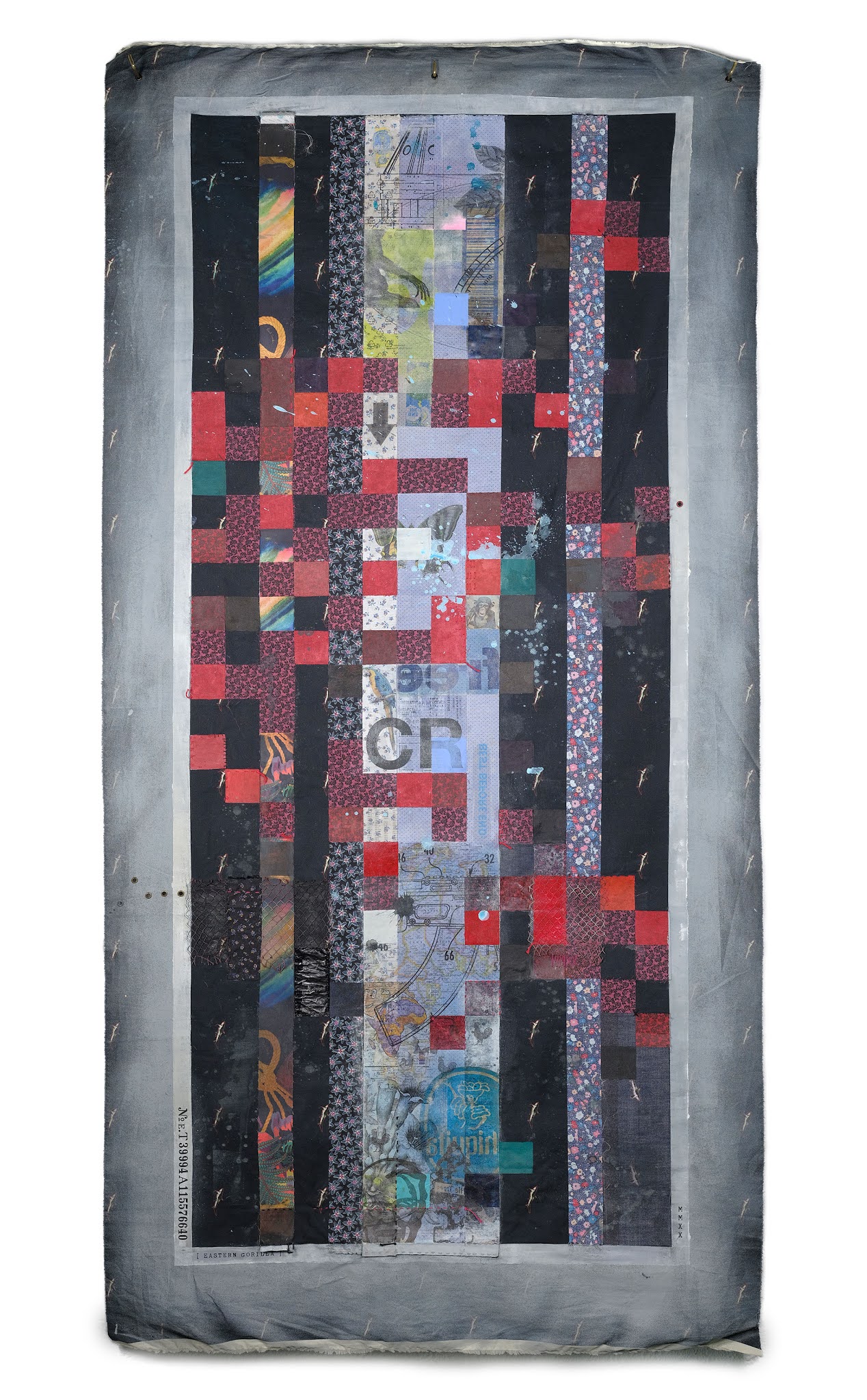[click images for a larger view]
e.T17975A123809220
[Orangutan]
Mixed media on fabric. 150 x 80 cm approx.
e.T7140A12828813
[Asian Elephant]
Mixed media on fabric. 150 x 80 cm approx.
e.T8005A12881238
[Hawksbill Turtle]
Mixed media on fabric. 150 x 80 cm approx.
e.T15955A50659951
[Tiger]
Mixed media on fabric. 150 x 80 cm approx.
e.T39994A115576640
[Eastern Gorilla]
Mixed media on fabric. 150 x 80 cm approx.
e.T2477A156923585
[Blue Whale]
Mixed media on fabric. 150 x 80 cm approx.
e.T22823A9390963
[Polar Bear]
Mixed media on fabric. 150 x 80 cm approx.
ee.T19495A8925965
[Javan Rhinoceros]
Mixed media on fabric. 150 x 80 cm approx.
[Eastern Gorilla]
Plumptre, A., Robbins, M.M. & Williamson, E.A. 2019. Gorilla beringei. The IUCN Red List of Threatened Species 2019: e.T39994A115576640. https://dx.doi.org/10.2305/IUCN.UK.2019-1.RLTS.T39994A115576640.en. Downloaded on 20 November 2020.
[Orangutan]
Ancrenaz, M., Gumal, M., Marshall, A.J., Meijaard, E., Wich , S.A. & Husson, S. 2016. Pongo pygmaeus (errata version published in 2018). The IUCN Red List of Threatened Species 2016: e.T17975A123809220. https://dx.doi.org/10.2305/IUCN.UK.2016-1.RLTS.T17975A17966347.en. Downloaded on 20 November 2020.
[Javan Rhinoceros]
Ellis, S. & Talukdar, B. 2020. Rhinoceros sondaicus. The IUCN Red List of Threatened Species 2020: e.T19495A18493900. https://dx.doi.org/10.2305/IUCN.UK.2020-2.RLTS.T19495A18493900.en. Downloaded on 20 November 2020.
[Asian Elephant]
Choudhury, A., Lahiri Choudhury, D.K., Desai, A., Duckworth, J.W., Easa, P.S., Johnsingh, A.J.T., Fernando, P., Hedges, S., Gunawardena, M., Kurt, F., Karanth, U., Lister, A., Menon, V., Riddle, H., Rübel, A. & Wikramanayake, E. (IUCN SSC Asian Elephant Specialist Group). 2008. Elephas maximus. The IUCN Red List of Threatened Species 2008: e.T7140A12828813. https://dx.doi.org/10.2305/IUCN.UK.2008.RLTS.T7140A12828813.en. Downloaded on 20 November 2020.
[Hawksbill Turtle]
Mortimer, J.A & Donnelly, M. (IUCN SSC Marine Turtle Specialist Group). 2008. Eretmochelys imbricata. The IUCN Red List of Threatened Species 2008: e.T8005A12881238. https://dx.doi.org/10.2305/IUCN.UK.2008.RLTS.T8005A12881238.en. Downloaded on 20 November 2020.
[Blue Whale]
Cooke, J.G. 2018. Balaenoptera musculus (errata version published in 2019). The IUCN Red List of Threatened Species 2018: e.T2477A156923585. https://dx.doi.org/10.2305/IUCN.UK.2018-2.RLTS.T2477A156923585.en. Downloaded on 20 November 2020.
[Polar Bear]
Wiig, Ø., Aars, J., Belikov, S.E. and Boltunov, A. 2007. Ursus maritimus. The IUCN Red List of Threatened Species 2007: e.T22823A9390963. Downloaded on 20 November 2020.
[Tiger]
Goodrich, J., Lynam, A., Miquelle, D., Wibisono, H., Kawanishi, K., Pattanavibool, A., Htun, S., Tempa, T., Karki, J., Jhala, Y. & Karanth, U. 2015. Panthera tigris. The IUCN Red List of Threatened Species 2015: e.T15955A50659951. https://dx.doi.org/10.2305/IUCN.UK.2015-2.RLTS.T15955A50659951.en. Downloaded on 20 November 2020.
All artwork, text and images © James Straffon 2025.






































